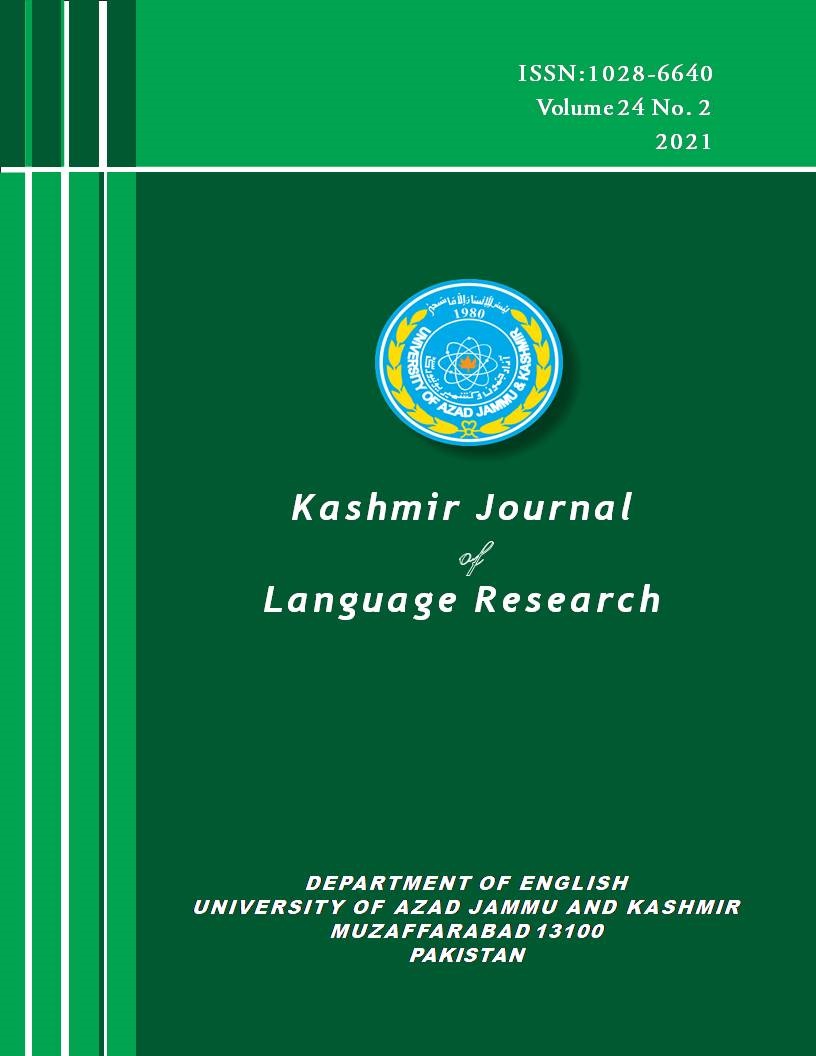A Descriptive Analysis of Linguistic Taboos of Urdu Language in Pakistan
Keywords:
Taboo Language, Linguistic taboos, Swearing, Urdu languageAbstract
In the given time and place the understanding and the usage of taboo language varies depending on the culture, literacy, gender, age, social status, profession, upbringing so on and so forth. The linguistic taboos which are catered by this paper are from Urdu language. This paper analyzes the variation with respect to two variables that are, age and gender. The task of variation was achieved by collecting data from a sample of two hundred participants in Pakistani context which was further divided into four groups. The analysis of data was completed by the employment of both qualitative and quantitative methods of research. The analysis of the data affirms two commonly held views: first, in most of the cases taboos for the older age group are no more taboos for the younger age group, implying taboo language is fluid in nature: it keeps on changing with the course of time. Second, whatever the reason might be, women use more standardized and polite language as compared to their male counterparts. In a broader framework, the findings and analyses clearly demonstrate the close relationship that exists between language and culture. The change in linguistic taboos of Urdu language clearly shows a shift in the cultural inclination of new generation. Furthermore, the new generation is more compliant towards the taboos that were strongly prohibited by the previous generation. This paper opens up a huge plethora of unexplored topics, for instance, the future research can analyze the variation in understanding of the taboo language with respect to different variables and contexts.

Downloads
Published
Issue
Section
License
Copyright (c) 2022 Kashmir Journal of Language Research

This work is licensed under a Creative Commons Attribution 4.0 International License.




